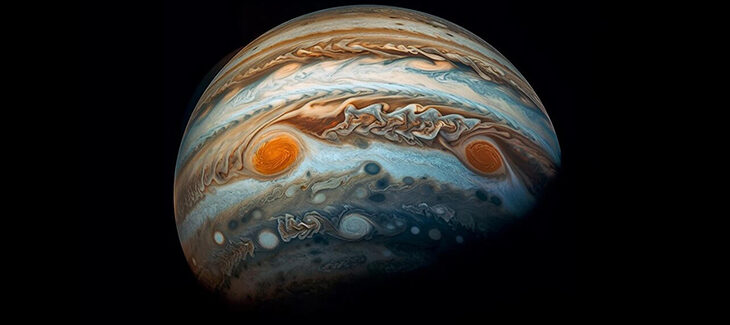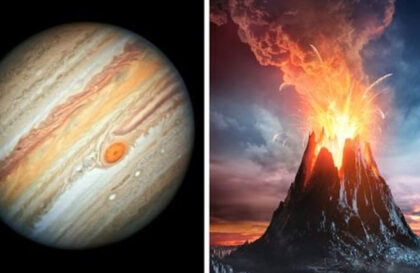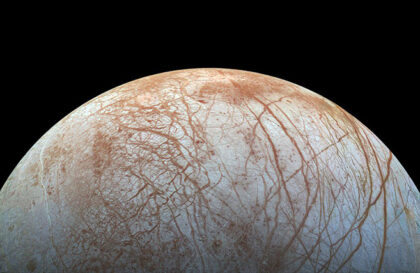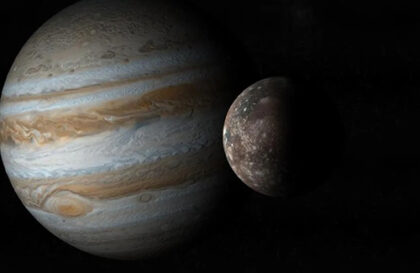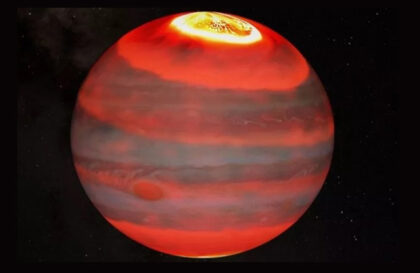During a space exploration mission, a researcher recently observed an unusual pattern in Jupiter’s storm clouds that resembled a bizarre face. A later published photo of the planet gave the eerie impression of a colossal, terrifying face.
The discovery was made by amateur astronomer Volodymyr Tarasov, who observed it while analyzing images of NASA’s Juno spacecraft. A peculiar face also attracted the attention of the US space agency.
NASA has announced that their Juno mission has discovered a strange “face” on Jupiter just in time for Halloween.
The image was taken on September 7, 2023, during Juno’s 54th close flyby of Jupiter. This photo shows part of Jet N7, which is located in the northern hemisphere of the colossal planet. The photo shows a whimsical face with distinct eyes, nose and mouth.
The image shows storm clouds and storms located at Jupiter’s terminator, the boundary separating the planet’s bright and shadow sides. The unique angle of sunlight also allows us to look into the complex topography of the atmosphere to understand better the mechanisms that take place in Jupiter’s atmosphere.
NASA showed the creepy “face” of Jupiter, especially for Halloween
Credit: NASA/JPL-Caltech/SwRI/MSSS Image processing by Vladimir Tarasov © CC BY
“Hair on end”: a teenager took an incredible photo of a human face in the clouds
Credit: Jarvis Smallman/Instagram
It is important to note that Jupiter does not have a face, and what appears to the naked eye to be a face is a visual phenomenon known as pareidolia.
It is a scientific term that describes the tendency of human observers to perceive patterns, such as faces, in random shapes or objects.
When looking at images of Jupiter, it is not uncommon to see the planet depicted as a smooth, marble-like sphere. However, upon closer inspection, you can see a chaotic arrangement of stormy clouds reminiscent of a mountainous area with peaks and valleys.
Jupiter’s clouds are known for their dynamic and changing appearance, resulting in fascinating patterns and shapes that include surprising facial shapes.
The Juno spacecraft took the image about 7,700 kilometers above Jupiter’s cloud-top and at a latitude of about 69 degrees north.
Banner image: Credit: Freepik/ author vecstock
Image credit:
https://www.freepik.com
https://www.nasa.gov
https://focus.ua
